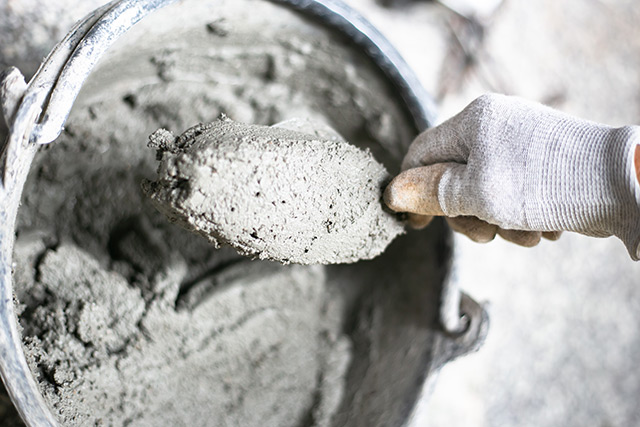
Cement has been around long before Christ was born – even the Romans have been building various structures with it. In fact, you could argue that it was one of the building blocks of their civilization's success. Over the centuries, people have refined concrete and enhanced its properties, accounting for different needs and environmental conditions in various regions around the world.
It's safe to call concrete composites the newest step in the material's evolution. By combining concrete with other materials, it's possible to further enhance its durability and even cover its weaknesses. Some of the materials used for the composite can be quite unusual, too, with one study even looking at stalk particles from Jerusalem artichoke (yes, the vegetable) as an alternative raw material.
But why are concrete composites necessary anyway? As it turns out, concrete, in itself, is already a composite. It is the combination of aggregate, such as sand and gravel, and a lime-based paste as a binder. This paste is usually Portland cement, but other types are available.
The durability of concrete is undeniable. The Pantheon, built in 125 A.D., still stands after close to 2,000 years and is one of the oldest concrete structures of today. However, even after centuries of development, concrete is far from perfect. Modern concrete has several weaknesses:
- Although it has admirable compressive strength, its tensile strength is low
- It is brittle and lacks ductility
- It is too heavy for its strength
- It may contain soluble salts that cause efflorescence with time
- During the curing process, it may form cracks that may harbor moisture and decrease its integrity with time
Concrete composites are reinforced with other materials and are seen as possible solutions to these weaknesses. Some of the popular materials used together with concrete are steel, timber, plastic, and even carbon fiber. Researchers are also looking at more unusual, albeit impressively serviceable, options.
A study published in the journal Industrial Crops and Products examined the application of Jerusalem artichoke (Helianthus tuberosus) stalk particles to reinforce concrete. For the study, the researchers produced and assessed cement-bonded particleboards. They subjected the particle boards to two curing conditions, as well as physical and mechanical characterizations.
They noted that not only did the boards meet the mechanical requirement of the ISO 8335 Standard (which specifies the characteristics, as well as test methods used in production, of cement-bonded particleboards for construction), but they also exceeded expectations in some of the tests conducted. Specifically, the particleboards showed lower thickness swelling and water absorption than the values required to meet the Standard.
Because of these findings, the researchers concluded that the stalk particles of Jerusalem artichoke are suitable for cement-bonded particleboards to be used in construction. (Related: Researchers find that concrete structures can actually REDUCE air pollution by adsorbing sulfur dioxide.)
Using natural fibers in concrete composites
Natural fibers are a popular option because of the cellulose, hemicellulose, and lignin content. These compounds are considered natural composites are known to contribute to the durability and integrity of plant-based materials. To increase their performance and their adhesion to the concrete, these fibers are put through pulping and other fiber treatments.
Apart from Jerusalem artichoke, the following plants have also been tested as possible sources of material for concrete composites:
- Sisal
- Coconut
- Bamboo
- Caesarweed
- Banana
- Date palm
- Piassava palm
- Hemp
Discover how scientists are finding creative applications for your favorite vegetables at Veggie.news.
Sources include:
Core.ac.uk [PDF]
Please contact us for more information.



















